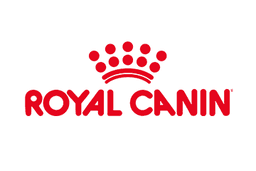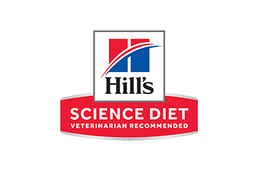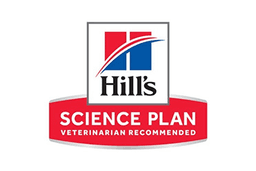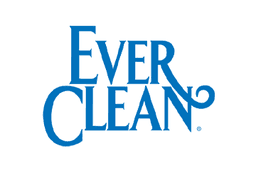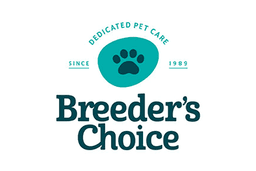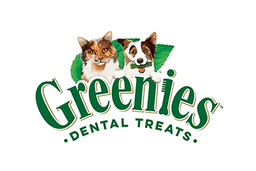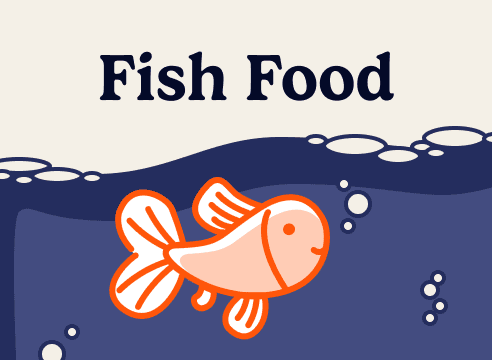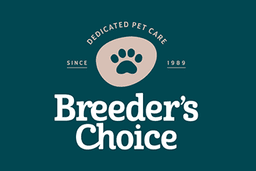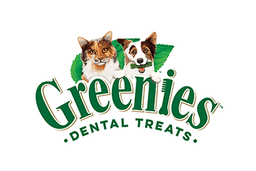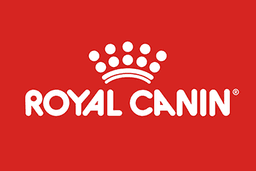Hill's Science Diet
Trending Searches
Hill's Science Diet Quality Dog & Cat Food
Hill's Science Diet offers a range of highly specialised, scientifically derived dog and cat food products to care for pets at all ages and stages of their lives.
Hill's employs food scientists, veterinarians and specialist pet nutritionists to formulate innovative foods that nourish your pets from when they are tiny kittens and pups, right through to old age.
There are wet and dry options to meet specific dietary needs and to support a range of health concerns, including weight, kidneys and digestion.
Frequently Asked Questions
What’s in the Hill’s range?
The Hill’s range includes dog and cat foods formulated for different life stages and conditions, including kidney failure, allergies, digestive problems, dental decay, incontinence and obesity.
What are the ingredients in Hill’s dog and cat food?
The Hill's Science Diet range of dog and cat food offers the balance of the three main categories of ingredients in each mix: animal protein, carbohydrates and fats.
Each formula is calculated to meet the needs of the animal for which it is intended. For instance, a weight management formula will have higher protein and lower carbs than a more general formula.
Proteins used include chicken, beef, lamb and salmon. Carbs can be potatoes, carrots, and a range of grains. Fats include various oils that provide omega three and six fatty acids.
How often and how much Hill’s should I feed my pet?
You’ll find feeding guides on the back of Hill’s dry food packages but the exact quantity depends on your pet's size, age and activity level. Wet food is fed under the guidance of your vet.
Why do vets recommend Hill’s?
Vets are trained professionals who recognise the Hill’s nutritional philosophy is based on research and clinical trials.
How do I change my pet’s food over to Hill’s Science Diet?
Changing from one type of food to another should always be done gradually to minimise the risk of digestive upset, and also because the change in flavour can sometimes cause food refusal.
You can start by mixing a small portion of the Hill's Science Diet dog or cat food of your choice in with their existing food. Over the next week or so, gradually increase the proportion of new food to old food until your pet has transitioned completely.
If you’re trying to introduce dry kibble after a diet of wet food, you can incorporate the gravy from your pet’s wet food into the kibble, or just pre-soak it with water to soften it. Again, gradually decrease the wet component until your pet is happily eating the kibble on its own.
How should I store Hill’s dog and cat food?
Hill's Science Diet should be stored carefully to preserve it to reduce waste, and ensure your pet has the freshest possible meals. Opened wet foods should be stored in a covered container in the fridge.
Dry kibble is best kept in the original bag, which has a fat barrier incorporated. If you prefer to use a container, try to find one that is big enough to keep the food inside it still in the original bag.



